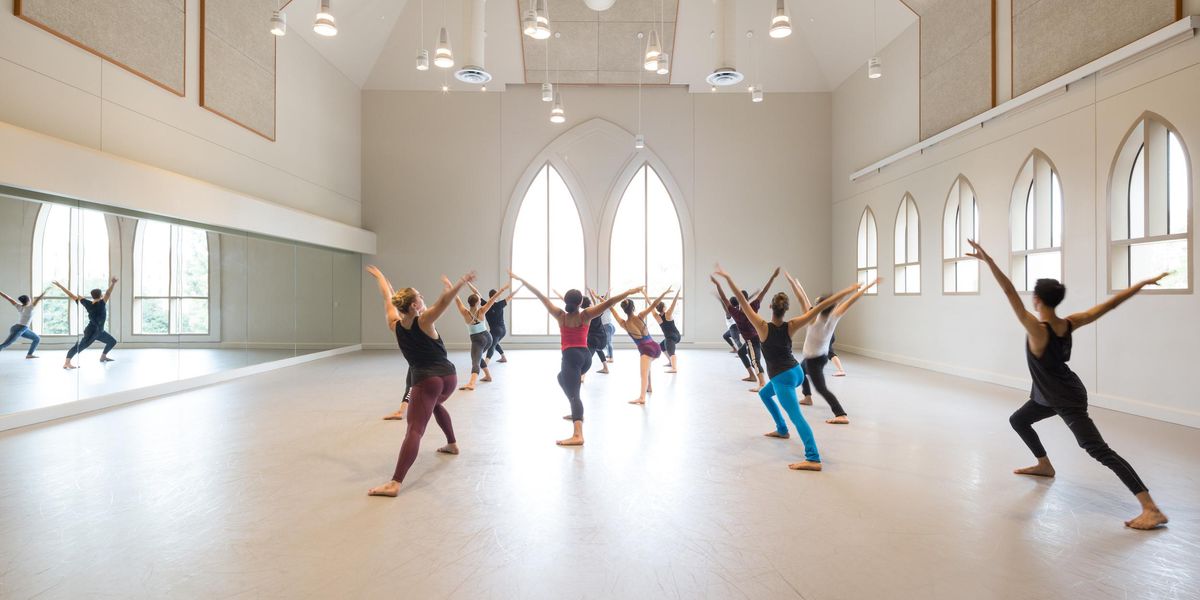Who Is the Girl Who Arches Up to the Heavens at the End of Serenade?
One of the most enduring ballets of our time is Balanchine’s ethereal, sweeping, and enigmatic Serenade. You can see it over and over again and find new things in it: the musicality, how the dancers relate to each other, how they transition from one section to the next. And in the final measures, when the Waltz Girl gets lifted high up and opens her arms as though to expose herself to the sky, we sigh every time.
Kyra Nichols and New York City Ballet in
Serenade. Photo by Paul Kolnik, Courtesy NYCB.
Where did Balanchine get that image for this 1934 ballet? How did that uplifting yet tragic moment come into his head?
Finally, there is a plausible answer. In Elizabeth Kendall’s new book, Balanchine and the Lost Muse, she tells the story about Balanchine’s childhood classmate Lidia Ivanova, a vivid, strong-willed, idealistic girl who trained side by side with young Balanchivadze at the Imperial School (now the Vaganova Ballet Academy.) They danced Petipa and Fokine together, they went through the hardships of the Revolution together, and they were both active in his Young Ballet, which was his first company as a teenager. In 1924, they were supposed to leave St. Petersburg together, along with Danilova and Tamara Geva (Balanchine’s first wife), but Lidia died in a mysterious boat accident before they got their visas. The tragedy haunted Balanchine. He had dreams that he was able to save her from her watery death. And yet, as a religious person, he wanted to believe that she met her fate with spiritual resolve.
Elizabeth Kendall suggests that when he created that image at the end of Serenade, he was thinking of Lidia. He knew that she loved Tchaikovsky and had danced beautifully to the same music in Fokine’s Eros.
Lidia’s main teacher at the school was Olga Preobrajenskaya, who later, when teaching in Paris, would allow Balanchine to visit her class and pluck from it his famed “baby ballerinas” (Toumanova, Baronova, and Riabouchinska). While reading Kendall’s book, it dawns on you why he trusted Preobrajenska so much: because she had taught—and shaped—Lidia Ivanova. It was as though he were still looking for Lidia.
At left: Lidochka Ivanova and Georgi Balanchivadze, 1921. Photo courtesy Bernard Taper.
The loss of Lidia is just one of the many losses in Balanchine’s life. When he entered the Imperial Ballet School at 9 years old, he basically lost his family. He (and Lidia) lost the grandeur of their training when the Revolution thrust Russian ballet into uncertainty and they had to get gigs in cabarets. And when he left Russia for Europe, he left his homeland (and Lidia) behind. And yet as Kendall shows so eloquently in this enthralling book, he kept the dream they grew up with alive: to carry forth the transcendence of ballet into our era.
Graduation photo, Imperial Ballet School, 1921. Balanchivadze is second from right, standing. Lidia is seated, right.




